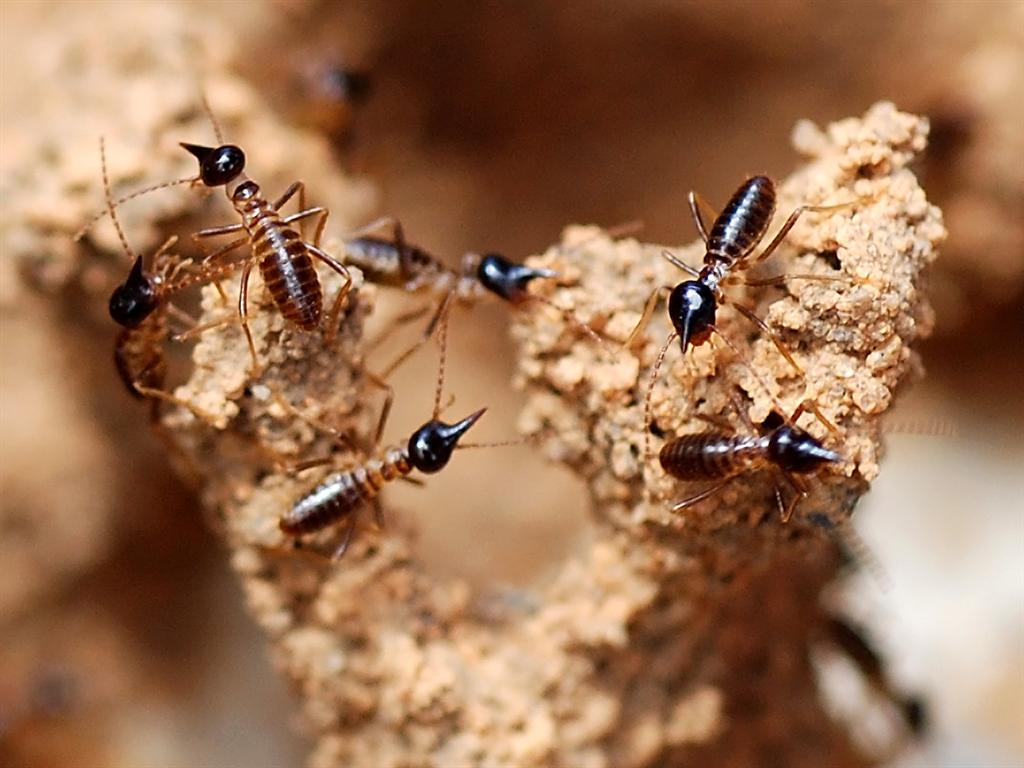You’re enjoying a quiet moment in your garden when you notice tiny insects marching across your patio. Most people would immediately assume they’re looking at ants, but what if those “ants” are actually termites? This misidentification happens more often than you might think, and the consequences can be costly. While both insects are social creatures that live in colonies, termites can cause thousands of dollars in property damage before homeowners even realize they have an infestation. Understanding the differences between these two insects isn’t just about satisfying curiosity—it’s about protecting your home and understanding the fascinating world of these often-misunderstood creatures.
The Great Masquerade: Why Termites Are Often Mistaken for Ants
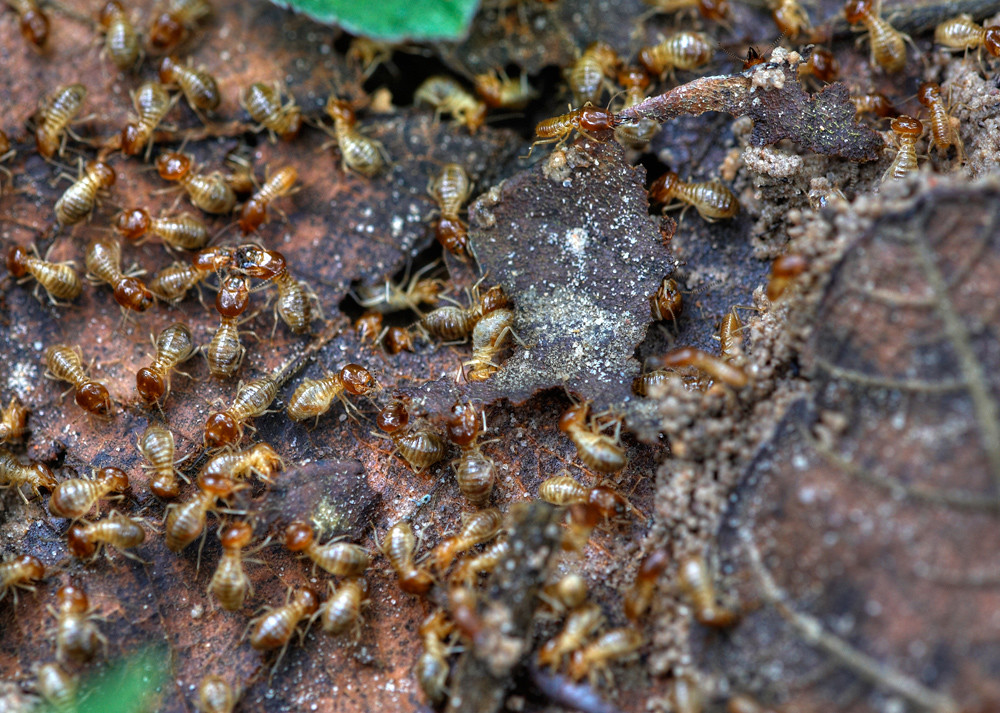
The confusion between termites and ants stems from their surprisingly similar lifestyles and appearances at first glance. Both insects are social creatures that live in organized colonies, work together to gather food, and can be found in similar environments around homes and gardens. When you spot either insect quickly scurrying across your floor or lawn, the immediate reaction is often to label them as “ants” simply because ants are more commonly encountered in everyday life.
Size plays a major role in this misidentification, as worker termites and many ant species are remarkably similar in length, typically measuring between 1/8 to 1/4 inch. Their dark coloration also contributes to the confusion, with many termite species appearing brown or black just like common household ants. The speed at which these insects move makes it difficult to observe their distinguishing features without closer inspection.
Body Structure: The Tell-Tale Physical Differences

The most reliable way to distinguish between termites and ants lies in their body structure, particularly their waist area. Ants have a distinctly narrow, pinched waist that creates three clearly defined body segments: the head, thorax, and abdomen. This “wasp waist” gives ants their characteristic figure-eight appearance when viewed from above.
Termites, on the other hand, have a broad, straight waist that creates a more uniform, rectangular body shape. Their body segments flow together without the dramatic narrowing seen in ants, making them appear more like tiny, pale cylinders. This difference becomes particularly obvious when you observe the insects from the side, where the ant’s curved profile contrasts sharply with the termite’s straight silhouette.
Antenna Architecture: Straight Versus Bent

The antennae of these insects provide another foolproof identification method, though you’ll need to look closely to spot the difference. Ant antennae are distinctly elbowed or bent, creating an L-shaped appearance that’s visible even to the naked eye. This bent structure helps ants navigate their environment and communicate with colony members through chemical signals.
Termite antennae appear straight and beaded, resembling a string of tiny pearls. These antennae are typically shorter than those of ants and lack the dramatic bend that characterizes ant antennae. The beaded appearance comes from the segmented structure of termite antennae, where each segment is clearly defined and slightly rounded.
Wing Characteristics: When Flying Insects Tell Their Story
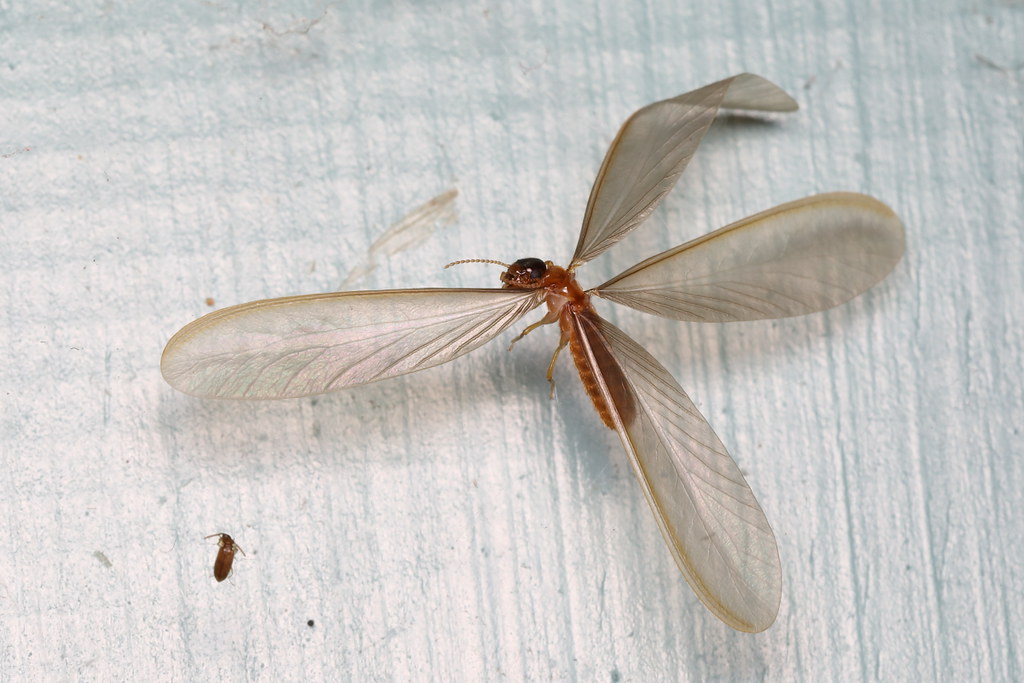
During certain times of the year, you might encounter winged versions of both insects, and this is where identification becomes particularly crucial. Reproductive ants, known as alates, have wings of two different sizes—the front wings are noticeably larger than the back wings. These wings are also proportionally smaller compared to the ant’s body size.
Flying termites, also reproductive members called alates, have four wings that are nearly identical in size and shape. These wings are typically much longer than the termite’s body, sometimes extending well beyond the insect’s abdomen. The wings of termites also have a distinctive milky or translucent appearance and are often shed shortly after the mating flight, leaving behind small piles of discarded wings that can serve as evidence of termite activity.
Color Variations: From Pale to Dark
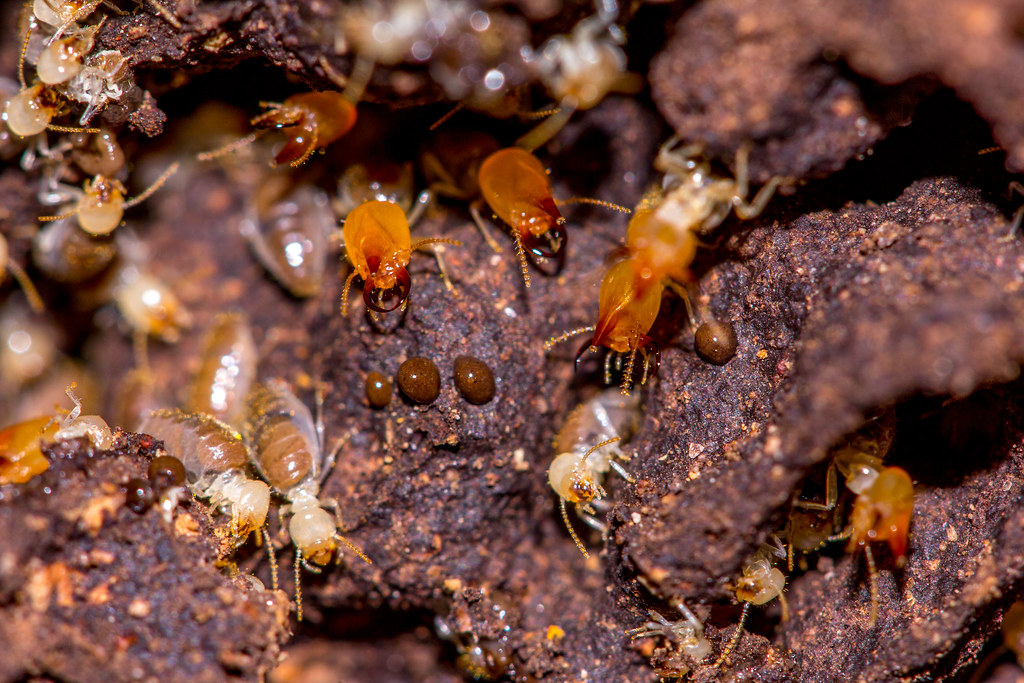
Color can be a helpful identifying factor, though it’s not always reliable due to the variation within species. Worker termites are typically pale, cream-colored, or light brown, earning them the nickname “white ants” in some regions. This pale coloration is due to their life spent primarily underground or within wooden structures, away from sunlight.
Ants display a much wider range of colors, from jet black to reddish-brown, yellow, or even translucent. The soldier termites and reproductive termites can be darker than workers, sometimes appearing brown or black, which adds to the confusion. However, if you’re seeing predominantly pale or cream-colored insects, you’re likely looking at termites rather than ants.
Behavioral Patterns: How They Move and Interact

The behavior of these insects provides valuable clues for identification, especially when observed over time. Ants typically move in organized trails, following scent markers left by scout ants to efficiently navigate between food sources and their nest. They often appear to be following invisible highways, with insects moving in both directions along the same path.
Termites tend to move more randomly and are rarely seen in the open for extended periods. When they do venture out, they often appear disoriented and move in seemingly chaotic patterns. Worker termites prefer to stay hidden within their tunnels and mud tubes, making them less visible than ants during normal daily activities.
Habitat Preferences: Where You’ll Find Each Species
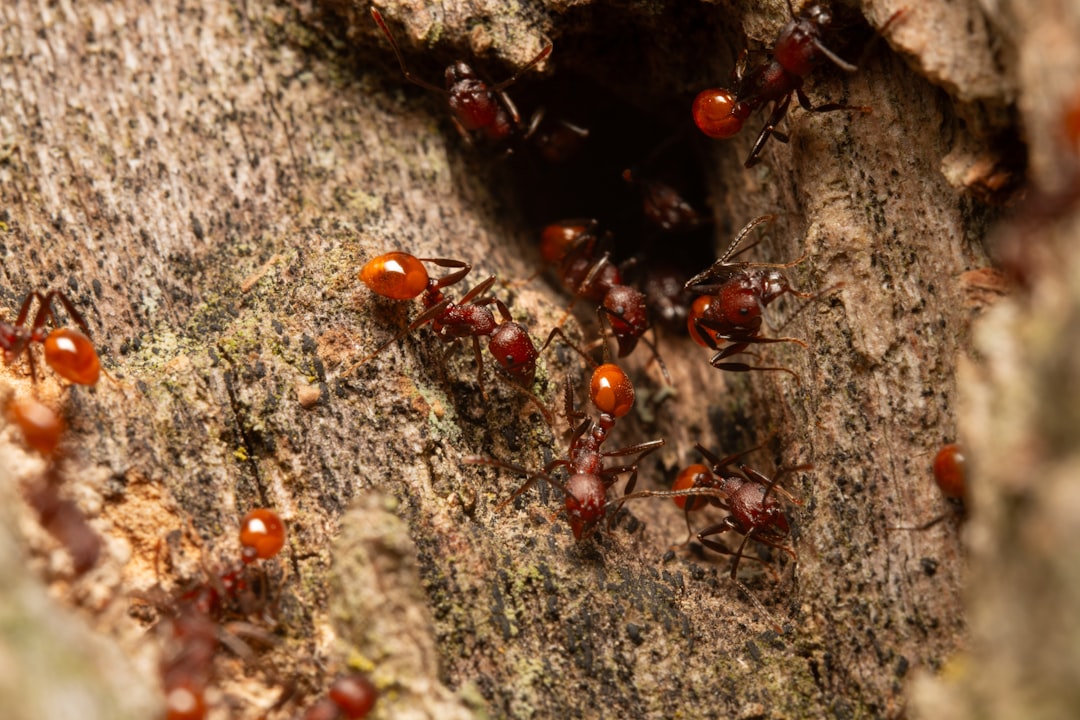
Understanding where these insects prefer to live can help you identify which species you’re dealing with. Ants are highly adaptable and can be found in virtually any environment, from kitchen counters to garden soil, tree bark, and even inside walls. They’re opportunistic and will establish colonies wherever food and water are readily available.
Termites are more specialized in their habitat requirements, with most species preferring environments rich in cellulose. Subterranean termites live in soil and build mud tubes to access wooden structures, while drywood termites live directly within the wood they consume. If you’re finding insects in wooden structures, near moisture sources, or associated with mud tubes, termites are the more likely culprit.
Feeding Habits: What’s on the Menu
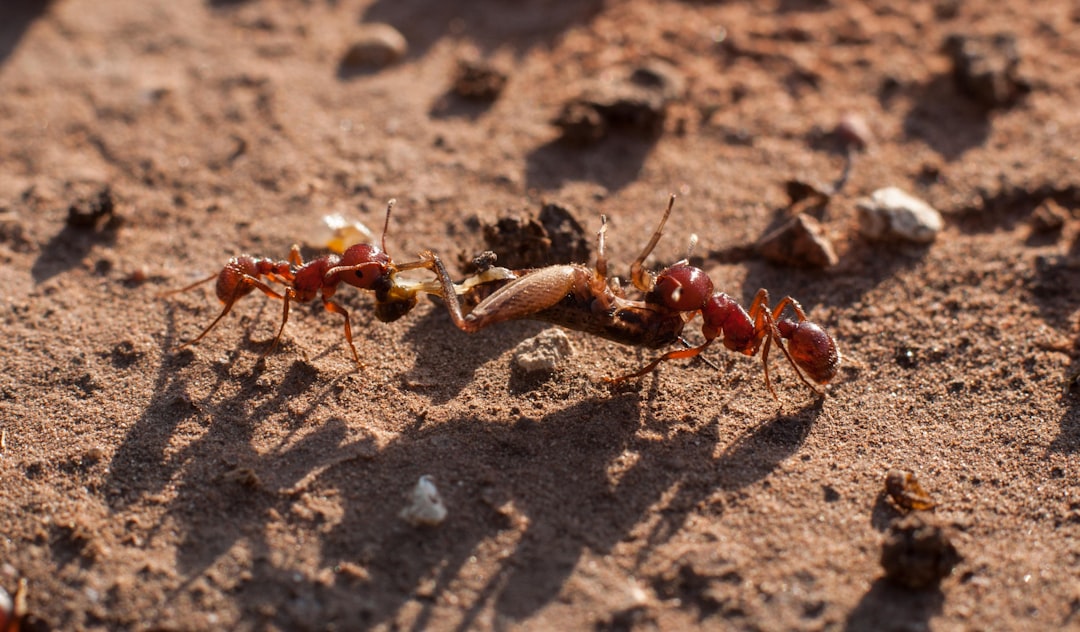
The dietary preferences of these insects are dramatically different and can help explain their behavior and locations. Ants are omnivores with diverse diets that include other insects, sugary substances, proteins, and plant materials. They’re often attracted to human food sources, which is why you might find them in kitchens, garbage areas, or anywhere food crumbs might accumulate.
Termites are primarily cellulose feeders, meaning they consume wood, paper, cardboard, and other plant materials containing cellulose. They have specialized gut bacteria that help them digest these materials, making them uniquely adapted to process what most other insects cannot. This dietary specialization is why termites pose such a significant threat to wooden structures and paper products in homes.
Colony Structure: Understanding Their Social Organization

Both insects live in complex social structures, but their colony organization differs significantly. Ant colonies typically have a single queen who lays eggs, while workers handle foraging, nest maintenance, and colony defense. The division of labor is clear, with different castes performing specific roles within the colony.
Termite colonies have a more complex caste system that includes reproductives (kings and queens), soldiers, and workers. Unlike ant colonies, termite colonies often have both a king and queen that live together throughout their lives. The soldier termites have enlarged heads and mandibles specifically designed for colony defense, while workers handle food gathering and nest construction.
Signs of Infestation: Red Flags to Watch For
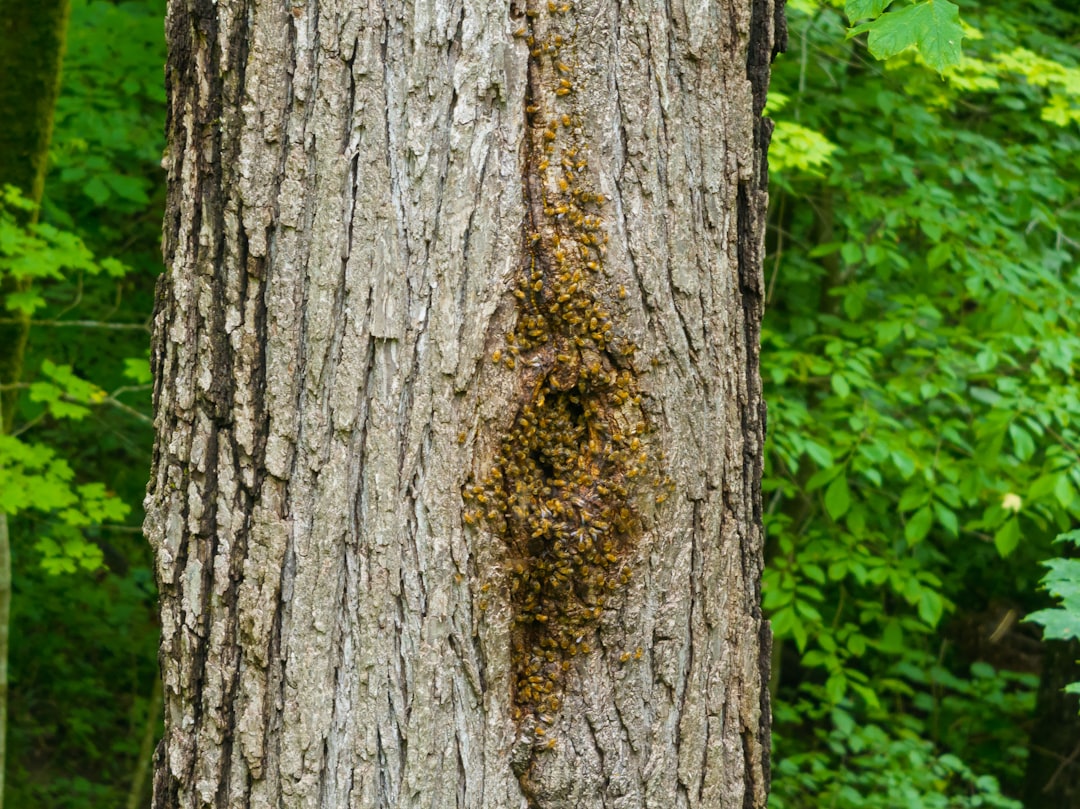
Recognizing the signs of termite versus ant activity can save you significant time and money. Ant infestations are usually obvious, with visible trails of insects moving to and from food sources. You might notice small piles of debris near ant nests, but the damage is typically minimal and cosmetic.
Termite infestations often remain hidden until significant damage has occurred. Look for mud tubes along foundation walls, discarded wings near windows or doors, hollow-sounding wood when tapped, and small piles of sawdust-like material called frass. These signs indicate active termite colonies that require immediate professional attention.
Geographic Distribution: Where Each Species Thrives
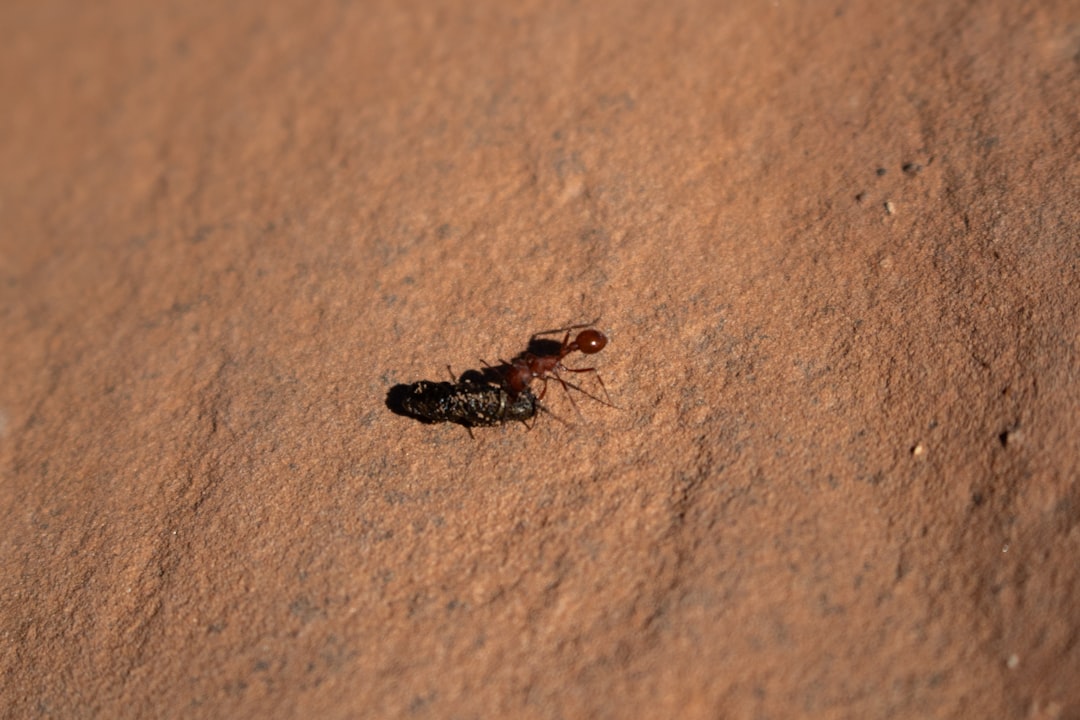
Understanding the geographic distribution of these insects can help narrow down identification in your specific region. Ants are found virtually everywhere on Earth except Antarctica, with different species adapted to various climates and environments. Some species are more common in specific regions, but ants as a group are truly cosmopolitan.
Termites are more restricted in their distribution, with most species preferring warmer climates. In the United States, subterranean termites are found throughout most of the country, while drywood termites are primarily limited to southern and coastal regions. Knowing which termite species are common in your area can help you assess the likelihood of encountering them versus ants.
Seasonal Activity: When You’re Most Likely to Spot Them
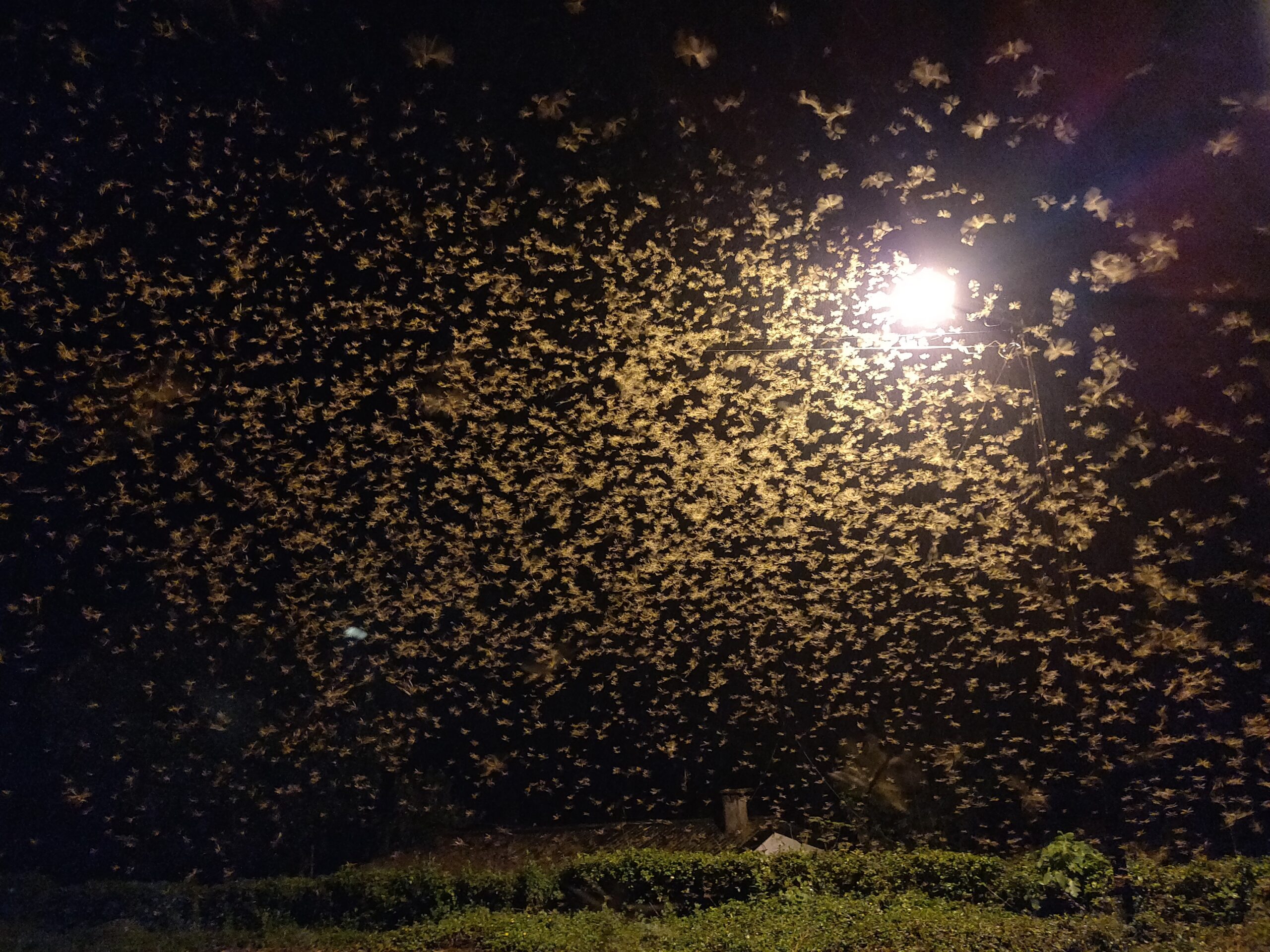
The timing of insect activity can provide additional identification clues. Ants are generally more active during warmer months, with peak activity often occurring in spring and summer. However, many species remain active year-round, especially those that have established indoor colonies.
Termites show more predictable seasonal patterns, with swarming typically occurring in spring or early summer when conditions are warm and humid. These reproductive flights are often triggered by rain and can result in hundreds or thousands of winged termites appearing suddenly around homes. If you notice a sudden emergence of winged insects during these conditions, they’re more likely to be termites than ants.
Professional Identification: When to Call in the Experts
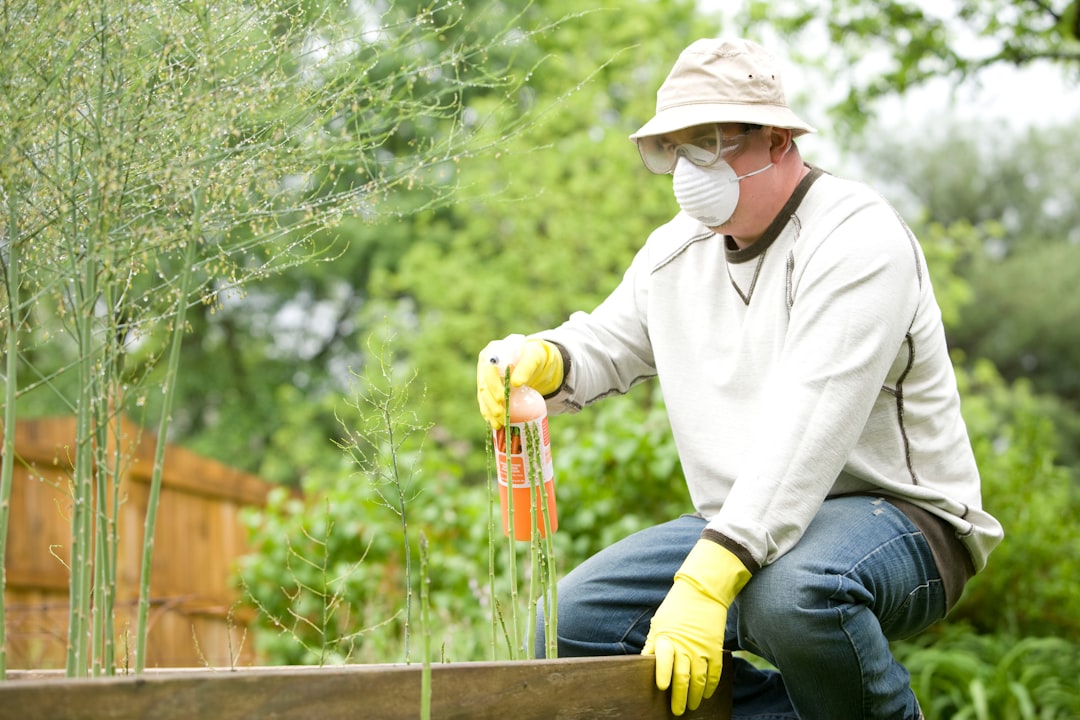
While these identification tips can help distinguish between ants and termites, professional identification is often necessary for accurate species determination. Pest control professionals have the tools and expertise to definitively identify insects and assess the extent of any infestation. They can also provide guidance on treatment options and prevention strategies.
If you’re dealing with a large number of insects, finding signs of structural damage, or simply want peace of mind, professional identification is worth the investment. Many pest control companies offer free inspections that can quickly resolve identification questions and provide recommendations for treatment if needed.
Prevention Strategies: Keeping Both Insects at Bay

Preventing infestations of both ants and termites requires different approaches based on their unique behaviors and preferences. For ants, focus on eliminating food sources by keeping surfaces clean, storing food in sealed containers, and addressing moisture issues that attract certain species. Sealing entry points like cracks and crevices can also help prevent ant invasions.
Termite prevention involves reducing moisture around your home’s foundation, maintaining proper ventilation in crawl spaces, and eliminating wood-to-soil contact around structures. Regular inspections of wooden structures, prompt repair of water leaks, and removal of dead wood or debris near your home can significantly reduce termite risk.
Conclusion
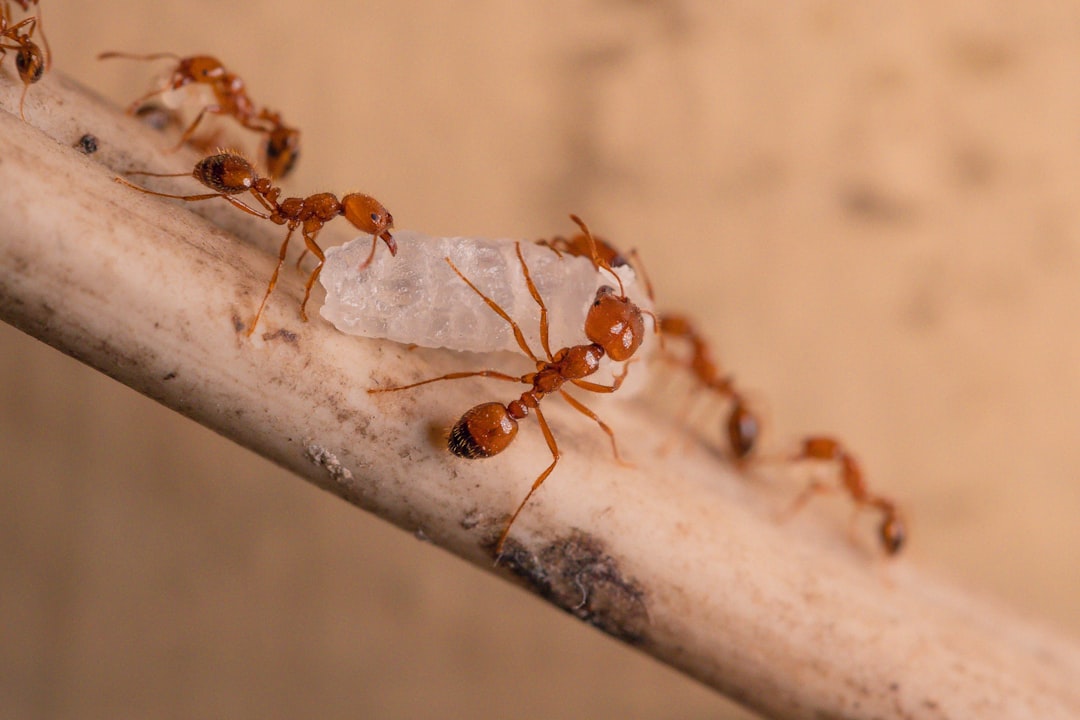
The ability to distinguish between ants and termites isn’t just an academic exercise—it’s a practical skill that can protect your property and help you better understand the insects sharing your environment. While both insects play important ecological roles, termites pose a unique threat to wooden structures that requires prompt attention and professional intervention.
By focusing on key identifying features like body structure, antennae shape, wing characteristics, and behavioral patterns, you can confidently determine whether you’re dealing with ants or termites. Remember that when in doubt, professional identification is always the safest approach, especially if you suspect termite activity.
The next time you spot small insects around your home, take a moment to observe them more closely. Are you looking at industrious ants going about their daily foraging, or could those “ants” actually be termites with a more destructive agenda in mind?

